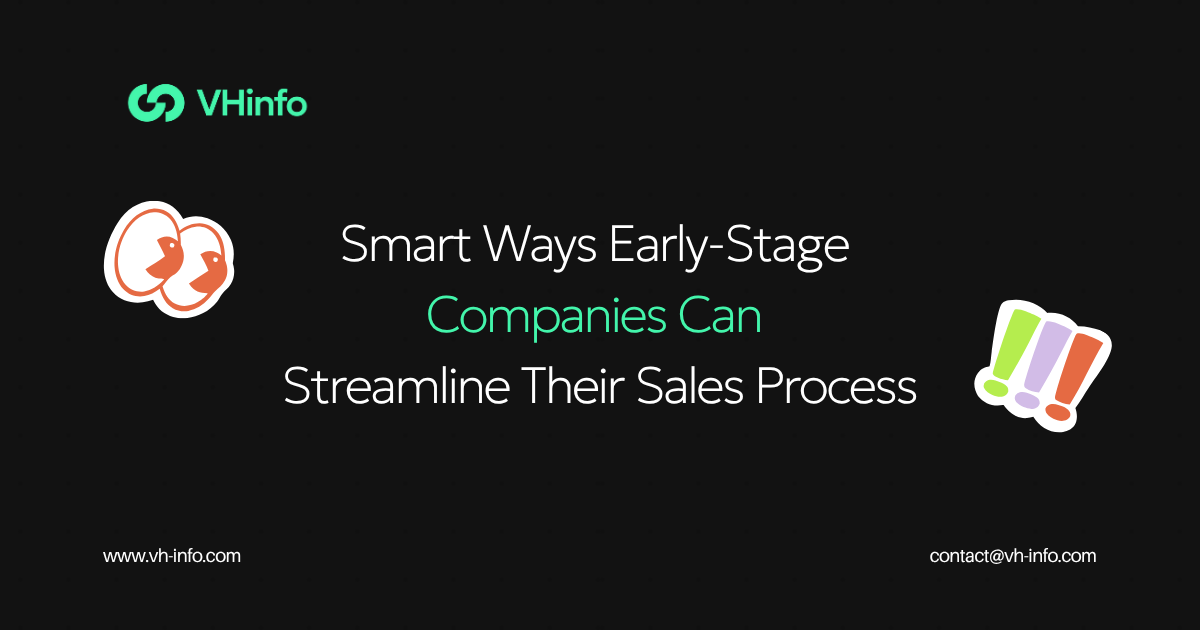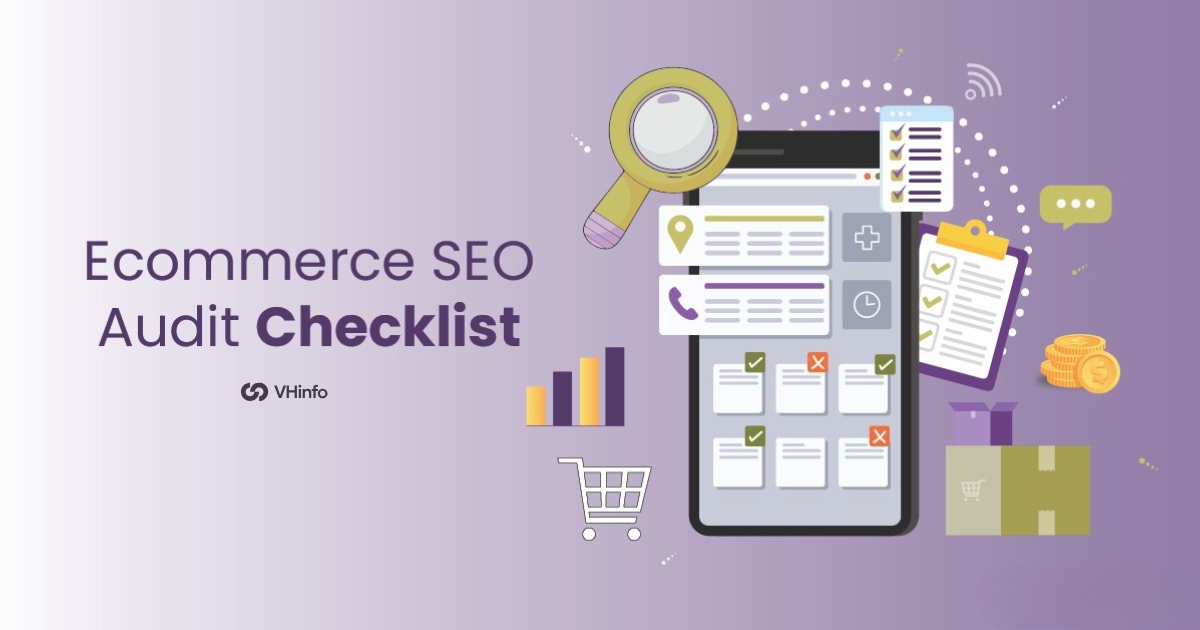New companies often face challenges with sales. Small budgets, growing demands, and unclear processes can make it hard to increase revenue. But this is the stage where improving your sales process can lead to big results.
The good news is you do not need a large sales team or a lot of expensive tools to succeed. With the right strategies and tools, you can remove delays, automate routine tasks, and close deals faster. All of this can be done while keeping the personal touch your customers expect.
Here is how to make your sales process simpler, faster, and more efficient from the start.
1. Define a Repeatable Sales Process
Startups grow fast, but that doesn’t mean you should work without a plan. Having a clear sales process helps your team stay focused, even if you’re still figuring out your market. Start with a simple system you can repeat. It should include:
- Lead qualification criteria – Decide what makes a lead worth following up.
- Sales stages – Break it down into steps like awareness, interest, decision, and close.
- Action triggers – Know what should happen to move a lead from one step to the next.
Once you write this down, tools like HubSpot or Pipedrive can help you track leads and follow up the same way every time. A clear process saves time and makes it easier to train new team members as your business grows.
2. Reduce Friction in Document Handling
Sales proposals, NDAs, contracts, and onboarding documents all need to be shared and signed. But printing, scanning, and emailing PDFs back and forth slows everything down, especially if your team or clients work remotely.
That’s where online PDF tools for startups really help. Platforms like PDFinity let you edit, combine, and manage PDFs right in your browser, without needing to install anything or mess with tricky formatting.
With these tools, you can:
- Build templates you can use again for things like contracts and proposals
- Send shareable links instead of email attachments
- Use e-signatures to get deals signed faster
Even small changes like these can save time and help close deals quicker.
3. Automate Follow-Ups and Reminders
How many deals get lost just because someone forgot to follow up?
A Harvard Business Review study found that companies that follow up within an hour of getting a lead are almost 7 times more likely to talk with decision-makers than those who take longer.
Tools like Mailshake or Lemlist let you set up automatic follow-ups, reminders, and customized email templates. When you use them alongside a well-organized CRM, your team can stay on top of every lead without letting anything slip through the cracks.
4. Use Proposal Software to Close Faster
Generic proposals just don’t work anymore. Clients now want something that feels professional, personalized, and easy to interact with. That’s where smart proposal tools come in handy.
With Better Proposals, you can:
- Build clean, branded proposals in just a few minutes
- See when a client opens, reads, or signs the document
- Add payment options right inside the proposal
No more sending Word files or PDFs back and forth. Everything is in one place, which makes you look more professional and helps you close deals faster.
5. Prioritize Clear and Consistent Communication
Confusion can easily ruin a deal. If you’re dealing with clients in different time zones or handling lots of meetings in a week, your communication needs to be clear, quick, and on point.
Here are a few simple ways to stay on track:
- Share a calendar link (like Calendly) so no one has to ask, “When are you free?”
- After a call, send a quick summary with clear next steps
- Use tools like Slack Connect or Zoom to talk and collaborate in real time
You can also create a simple sales playbook or FAQ so clients can get answers fast, without having to wait for a reply.
6. Align Sales With Marketing Early On
Even in small teams, sales and marketing should work closely together. Sales teams need leads that are ready to buy. Marketing teams need to know which messages and customer problems are getting the most attention.
A report from Salesforce shows that companies where sales and marketing teams work well together keep more customers and close more deals. In fact, they see 36% higher customer retention and 38% higher sales success.
Use shared dashboards and regular syncs to track metrics like:
- Lead source quality
- Time-to-close
- Content engagement (blogs, case studies, proposals)
It doesn’t need to be complicated, but it should be intentional.
7. Analyze and Improve Constantly
New companies can use data as a powerful tool. Keep track of things like how many people view your proposals, open your emails, how long it takes to close a deal, and how many leads turn into customers.
Even simple A/B tests, such as tweaking your subject line or changing CTA placement, can yield surprising improvements.
Tools like Google Analytics, the built-in analytics in Better Proposals, and email tracking apps can give you the information you need to improve. When you add customer feedback to the mix, you create a smart system that keeps getting better.
Conclusion: Efficiency Wins in Early-Stage Sales
Startups often believe that putting in more effort will lead to better results. But in sales, it is not about working harder. It is about working smarter.
Using tools that make it easier to handle documents, send messages automatically, and give clients a smooth experience can help you improve your sales process without losing the personal connection.
When you do this, you are not just closing more deals. You are also building a strong base for steady and long-term growth.


